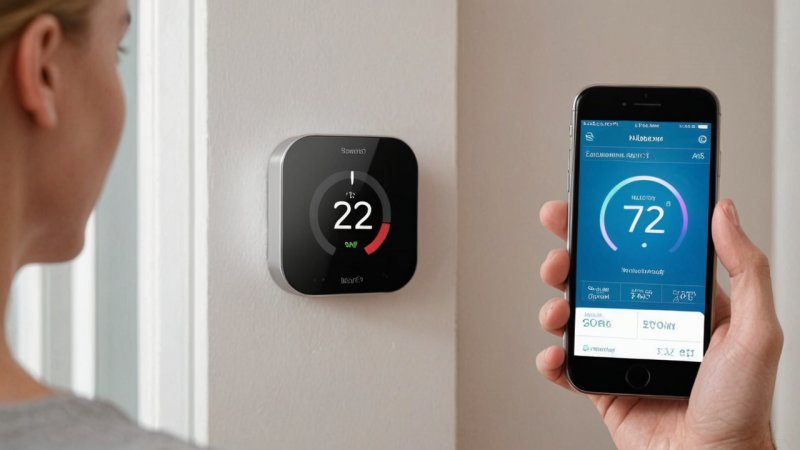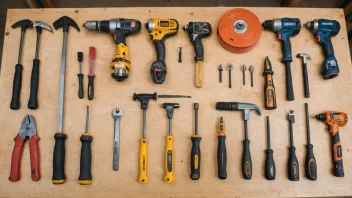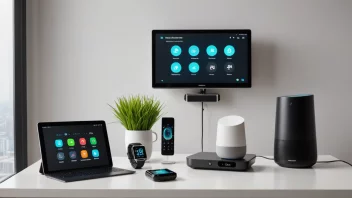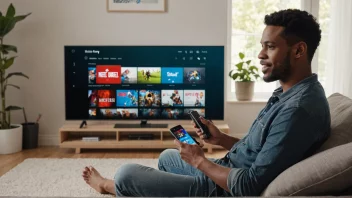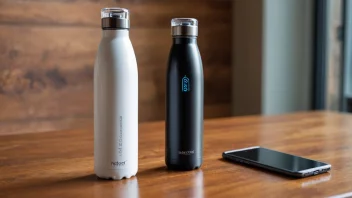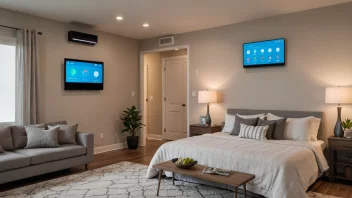What are smart devices for home heating and cooling?
Smart devices for home heating and cooling refer to technology that allows you to automate and control your home’s temperature settings via smartphone apps or voice commands. This includes smart thermostats, smart vents, and HVAC systems that can be programmed to optimize energy usage and improve comfort.
How do smart thermostats work?
Smart thermostats learn your heating and cooling preferences over time and adjust the temperature accordingly. They can be controlled remotely through mobile apps, allowing you to set schedules, change temperatures, and even receive energy usage reports. Features like geofencing can also help adjust settings based on your location.
Can I use smart devices to save on energy bills?
Absolutely! Smart devices can help you save on energy bills by optimizing HVAC usage. By scheduling your heating and cooling based on when you're home or away, and by adjusting the settings automatically, you can significantly reduce unnecessary energy consumption.
What are the benefits of using smart vents?
Smart vents allow for more precise control over the airflow in your home. They can open or close based on room occupancy and can work in conjunction with your smart thermostat. This results in a more balanced temperature throughout the house and can lead to improved comfort and energy efficiency.
Are there any compatibility issues I should consider?
Yes, compatibility can be a concern. Before purchasing any smart device, check if it is compatible with your existing HVAC system and other smart home devices. Most popular smart thermostats and vents are designed to work with a variety of systems, but it’s always best to confirm.
Can I control my smart heating and cooling devices with my voice?
Many smart heating and cooling devices are compatible with voice assistants like Amazon Alexa, Google Assistant, and Apple HomeKit. This means you can control your home's temperature with simple voice commands, making it even more convenient.
How can I set up a smart thermostat?
Setting up a smart thermostat typically involves the following steps:
- Turn off power to your HVAC system.
- Remove the old thermostat and label the wires.
- Connect the wires to the new smart thermostat following the manufacturer’s instructions.
- Mount the thermostat and turn the power back on.
- Download the corresponding app and follow the on-screen setup instructions.
What features should I look for in a smart thermostat?
When choosing a smart thermostat, consider the following features:
- Learning capabilities: Models that adapt to your schedule can optimize efficiency.
- Remote access: Ensure you can control it via a smartphone app.
- Energy reports: Look for devices that provide insights into your energy usage.
- Integration: Make sure it works with other smart home devices.
What maintenance is needed for smart heating and cooling devices?
Smart devices generally require less maintenance than traditional systems, but you should still:
- Regularly check and change filters in your HVAC system.
- Keep the smart thermostat clean and updated with the latest software.
- Monitor the performance of smart vents and adjust settings as needed.
Can I install smart heating and cooling devices myself?
Many smart devices are designed for easy DIY installation, especially smart thermostats. However, if you feel uncomfortable working with electrical components or your HVAC system, it's advisable to hire a professional to ensure proper installation.
How do I troubleshoot issues with smart heating and cooling devices?
If you encounter issues with your smart devices, try the following:
- Check your Wi-Fi connection, as many devices rely on it for remote access.
- Restart the device or reset it to factory settings.
- Consult the manufacturer’s troubleshooting guide or contact support for assistance.
In conclusion, using smart devices to manage your home’s heating and cooling can greatly enhance your comfort while also providing energy savings. By understanding how these devices work and how to utilize their features, you can create a more efficient and pleasant living environment.
